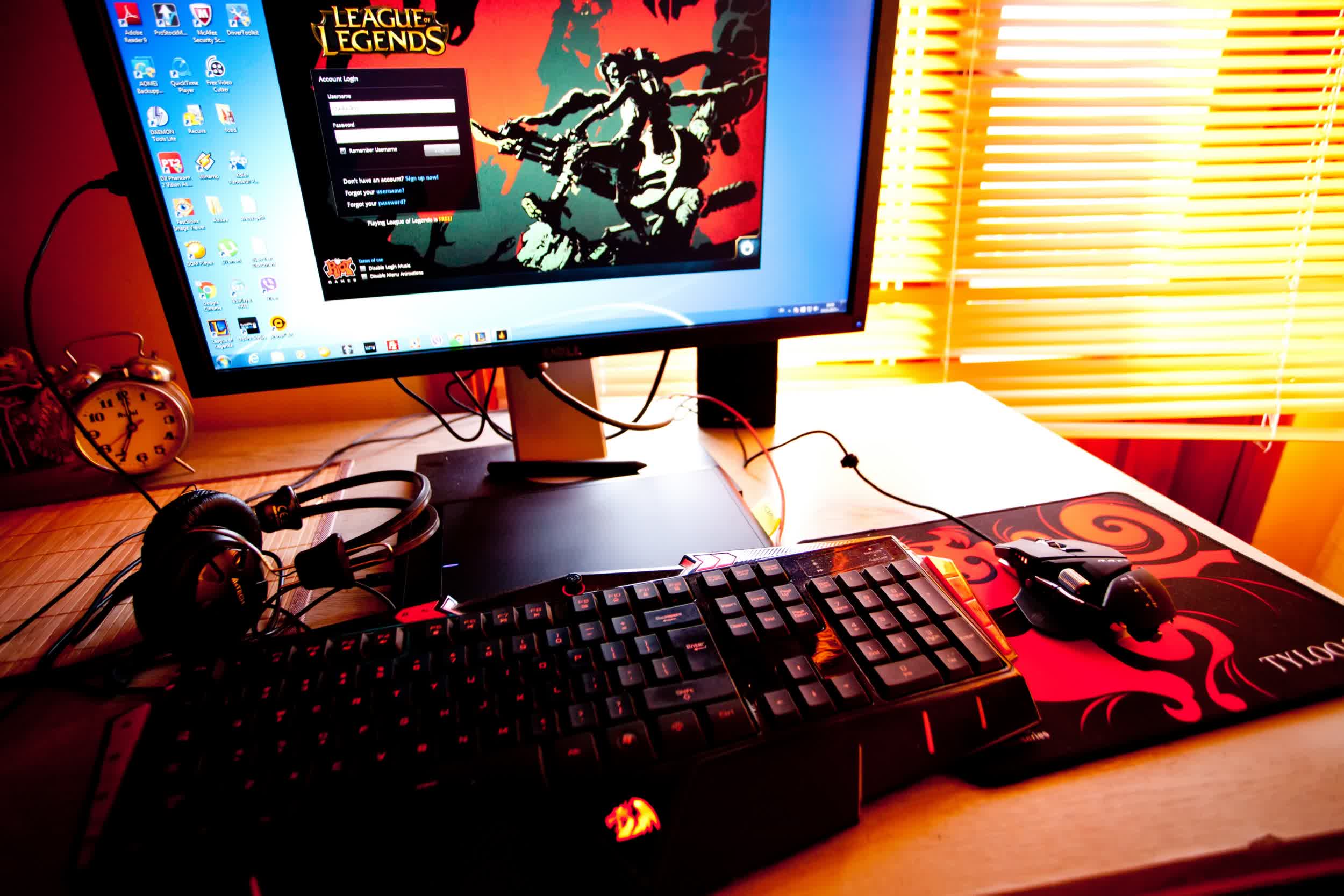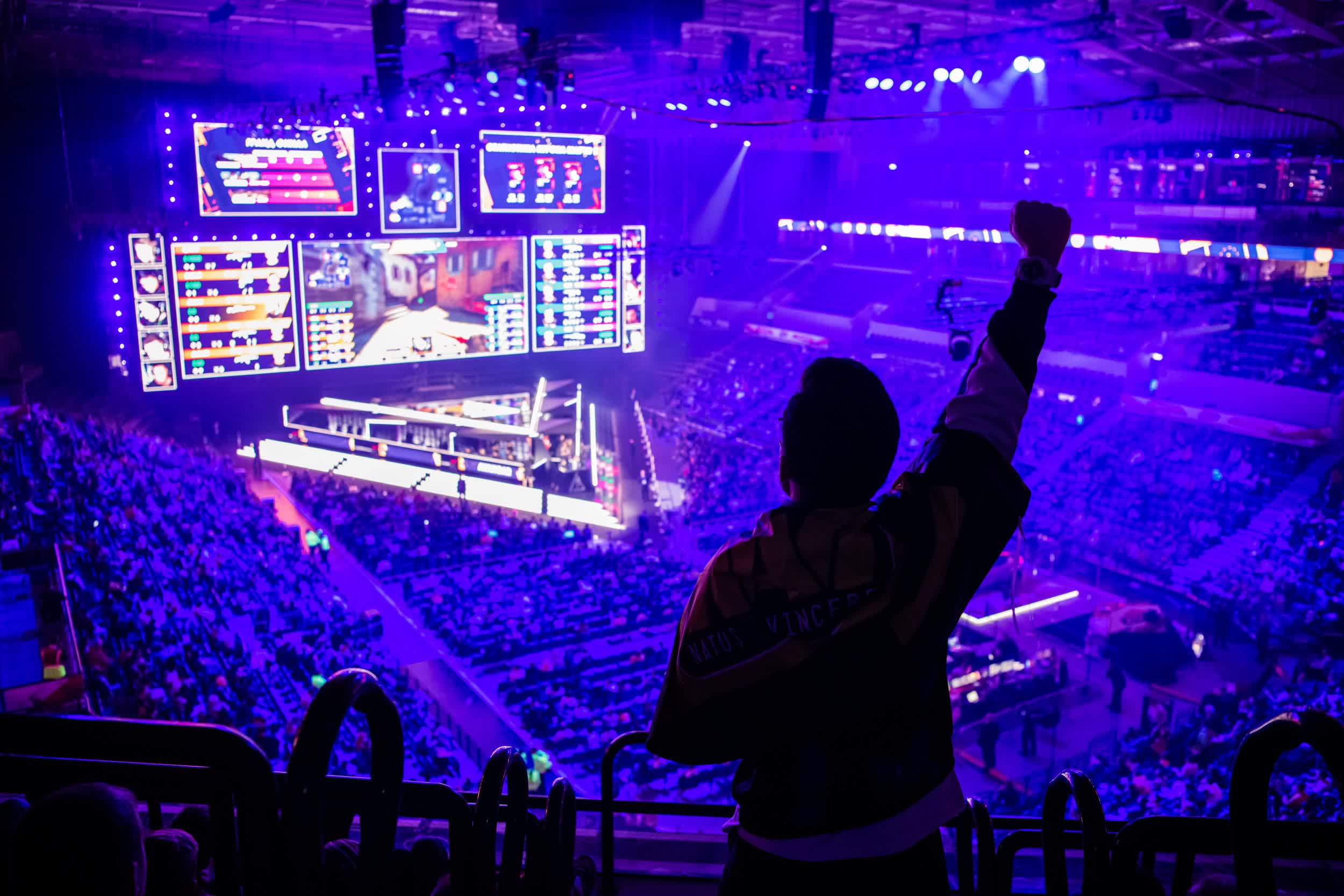In brief: Despite the surging popularity of esports in the US, there's still a sizable void in terms of competitiveness. Simply put, teams in America aren't playing on the same level as their counterparts from Asia. To help level the playing field, team owners are spending millions to bring some of the world's best players to the US.
Competitive gaming, or esports, has come a long way in a relatively short period of time. Just over half a decade ago, ESPN's (former) president bashed the budding multiplayer gaming competitions, saying they were more like chess and checkers and that ESPN was mostly interested in covering traditional sports.
In 2020, more than 57 million people in North America watched at least one esports event according to gaming analytics firm Newzoo.

Since 2011 when the League of Legends World Championship was founded, no team from the US has finished in first or second place. Only three US teams have ever finished 3rd-4th.
The US' shortcomings are not for lack of trying. As The New York Times highlights, the average salary for a player in a starting position on a team has increased from around $300,000 in 2018 to $460,000. Chris Greeley, the commissioner of League of Legends' North American region, said some of the highest-paid players in the US could expect to make as much as half a million dollars more than counterparts in places like South Korea.
In other words, teams are paying big bucks to bring some of the best talent to the US.
Breaking: Hu "SwordArt" Shuo-Chieh has signed with TSM for two years and $6 million, a believed record contract for an esports player in a North American league. https://t.co/bWYVBYhUOX
--- Launcher (@LauncherWP) November 26, 2020
Since 2016, no less than 40 elite players have been plucked from the global talent pool to represent US teams. Last November, Hu Shuo-Chieh, one of the game's superstars that goes by the handle SwordArt, signed a two-year, $6 million contract to play for North American team TSM.
Image credit: Roman Kosolapov, SSokolov
